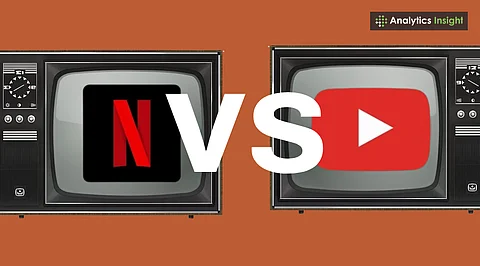The landscape of digital content consumption has undergone a profound transformation, challenging the once undisputed dominance of traditional streaming services like Netflix and ushering in an era where user-led platforms, particularly YouTube, are rapidly redefining how audiences engage with media.
This seismic shift from a curated, studio-centric model to a decentralized, creator-driven ecosystem is not merely a transient trend but a reflection of evolving viewer preferences that prioritize authenticity, personalization, and immediate access to diverse content. YouTube’s exponential growth in audience reach and popularity underscores a fundamental change in what modern consumers seek from their entertainment and information sources.
Unlike conventional streaming giants that invest heavily in polished, high-budget productions, open platforms such as YouTube empower virtually anyone to become a content creator, fostering an unprecedented variety of niche interests, personal vlogs, how-to guides, and live streams. This low barrier to entry fuels continuous innovation and allows for a dynamic interplay between creators and their communities, something more rigid, approval-based systems struggle to replicate.
The ongoing discourse around these platforms frequently centers on the philosophical divergence between unfettered creator freedom and meticulously curated storytelling; while Netflix offers a refined, cinematic experience, YouTube thrives on spontaneity, raw expression, and the immediate feedback loop of user-generated content. This environment allows new ideas to emerge swiftly, maintaining a constant state of freshness and relevance that resonates deeply with a global audience.
The remarkable accessibility of platforms like YouTube is a key differentiator; individuals can launch a channel with minimal investment, share their unique narratives, and organically cultivate massive fan bases, often transcending traditional media boundaries to become influential internet personalities. This democratization of content creation has fundamentally reshaped the media industry, creating new pathways for talent and expression.
Conversely, Netflix’s established methodology of significant financial outlay and multi-layered approval processes, while yielding visually stunning and critically acclaimed productions, can inadvertently stifle the agility and personal touch that today’s audiences increasingly crave. The demand for “real” and “in-the-moment” content, often delivered in bite-sized formats like short videos, positions user-driven platforms as the preferred choice for a generation accustomed to instant gratification and diverse stimulation.
Furthermore, the practical consumption patterns of modern viewers heavily favor the flexibility offered by platforms like YouTube; its content is often ideal for quick, digestible viewing during commutes, breaks, or while multitasking, a stark contrast to the longer commitment typically required by Netflix’s movie and series formats. This adaptability to fragmented attention spans contributes significantly to its growing appeal.
A crucial element of YouTube’s enduring success lies in its sophisticated algorithmic personalization, which meticulously analyzes individual viewing habits to recommend highly relevant content, thereby creating a uniquely tailored and addictive user experience. This intelligent recommendation system ensures continuous engagement and fosters a personalized content journey that keeps viewers returning.
Finally, the fundamental difference in monetization models plays a pivotal role in the YouTube vs Netflix debate; YouTube’s predominantly free, ad-supported access remains a massive draw for global audiences, particularly those in regions with limited disposable income or access to paid streaming services, offering unparalleled accessibility compared to Netflix’s subscription-based model, despite its recent ventures into ad-supported tiers.






Leave a Reply